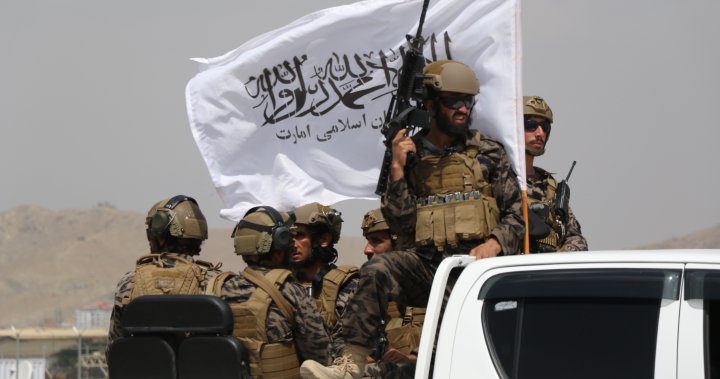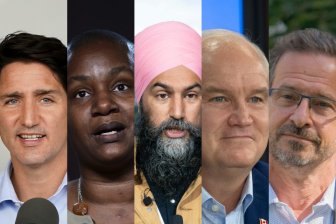COMMENTARY: Taliban’s takeover of Afghanistan raises narcotics threat in the region – National | Globalnews.ca
In the 1950s, mobsters like Charles (Lucky) Luciano and Meyer Lansky transformed Cuba into a criminal empire. More recently, criminal networks have achieved high levels of state capture in South Africa, Zambia, Mexico and Bulgaria, among many others.
But the Taliban’s swift return to power last month in Afghanistan marks one of the few times in history that a multinational criminal cartel has succeeded in taking over an entire country.
The Taliban portray themselves as holy warriors, but in reality, they operate more like a mafia.
“The primary sources of Taliban financing remain criminal activities,” read a June 2021 report to the UN Security Council by its monitoring team, noting that the production and trafficking of both heroin and methamphetamines “remains the Taliban’s largest single source of income.”
Read more:
Interpreter pleads for Canada’s help to evacuate Afghanistan — ‘I feel like I’m in prison’
At a time when 90 per cent of the heroin sold in Canada reportedly comes from Afghanistan, it’s important to recognize that the Taliban leadership manages both upstream and downstream aspects of the Afghan heroin trade — from setting farm quotas for poppy cultivation and providing financing to farmers, to bulk-buying the crop, and then refining it into exportable opium and heroin, and finally transporting it to neighbouring countries.
In recent years, as Afghanistan rapidly became a significant global producer of methamphetamines, the Taliban also began taxing meth labs and shipments, with a comprehensive 2020 report suggesting that meth could eventually become as big an export as heroin.
The Taliban don’t limit themselves to narcotics. Other illicit sources of Taliban income include extortion, kidnapping for ransom, artisanal mining, timber trafficking and taxing the country’s enormous informal transit trade.
The structure of the Taliban is also parallel to the mafia. Taliban commanders out in the field would collect tax and protection payments in their control zones, paying a percentage of what they earned to the Pakistan-based Taliban leadership, some of whom grew rich from their drug activities, splashing out on gaudy mansions and luxury cars.

Just like the New York mob sometimes fights the New Jersey mob, violence has at times erupted between different Taliban factions, typically over control of lucrative trafficking routes or other financial disputes.
And just like members of Cosa Nostra and the U.S. Mafia gathered in Cuba in 1946 for the infamous Havana Conference, members of the Taliban shura in 1998 formed an alliance with regional drug trafficking organizations (DTOs), agreeing to protect each other’s interests, and also formed alliances with corrupt officials in the former Afghan government.
That core agreement has endured, with drug traffickers financing Taliban weapons and other supplies, and one even running a hospital for wounded Taliban soldiers.
Read more:
Taliban announce new government in Afghanistan as protests erupt in Kabul
Mullah Abdul Ghani Baradar, now de-facto leader of the Taliban, has reportedly managed the Taliban’s relationships with DTO leaders since the 1998 pact. During the Doha peace process, one of his key demands was the release from U.S. jail of Haji Bashar Noorzai, the Afghan heroin trafficker who was the original financier of the Taliban. It was one of the few Taliban requests during the peace process that the U.S. government did not approve.
As Canada grapples with the fact that the Taliban, several factions of which Ottawa has designated as terrorist groups, now control Afghanistan, it also must contend with the narcotics threat emanating from the region.
Gretchen Peters is executive director of the Center on Illicit Networks and Transnational Organized Crime and author of ‘Seeds of Terror,’ a book about the Taliban’s role in the heroin trade.
For all the latest world News Click Here




